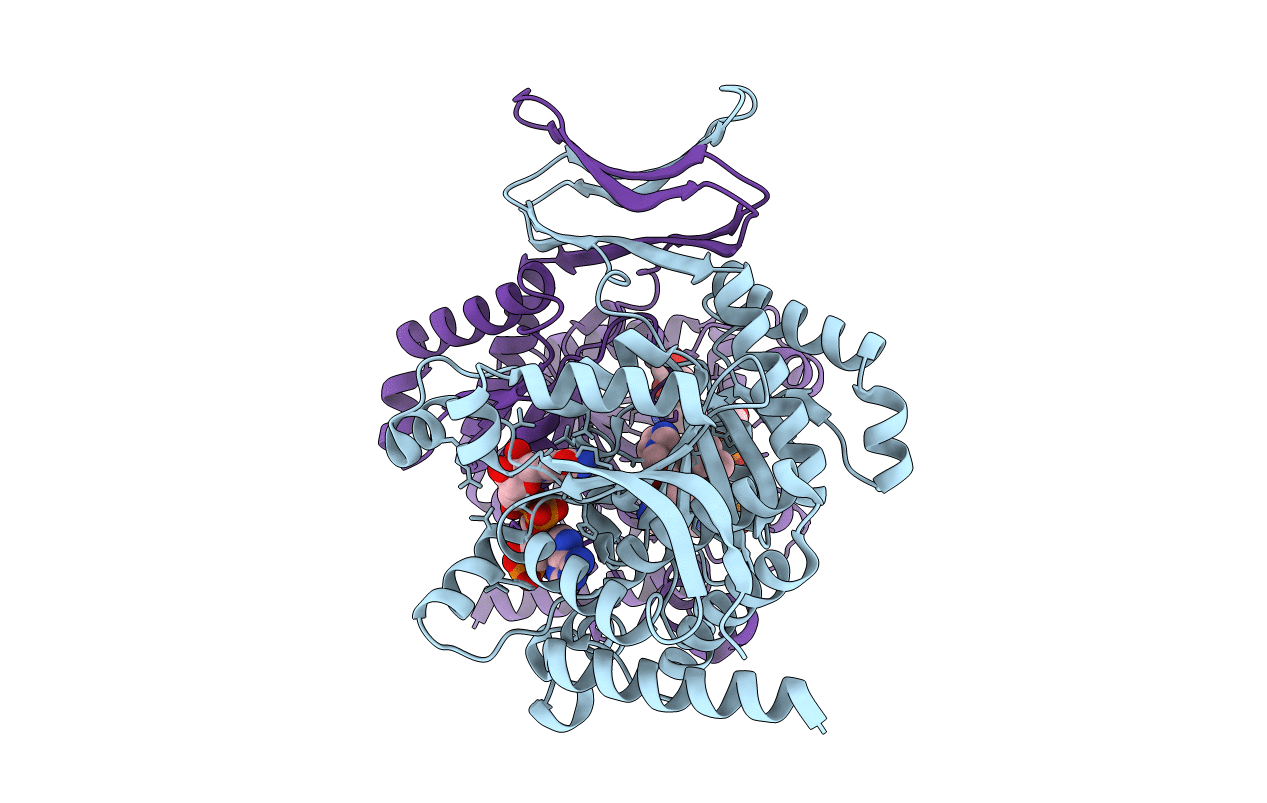
Deposition Date
2014-05-22
Release Date
2014-11-19
Last Version Date
2024-01-10
Method Details:
Experimental Method:
Resolution:
1.88 Å
R-Value Free:
0.21
R-Value Work:
0.18
Space Group:
P 43 21 2


